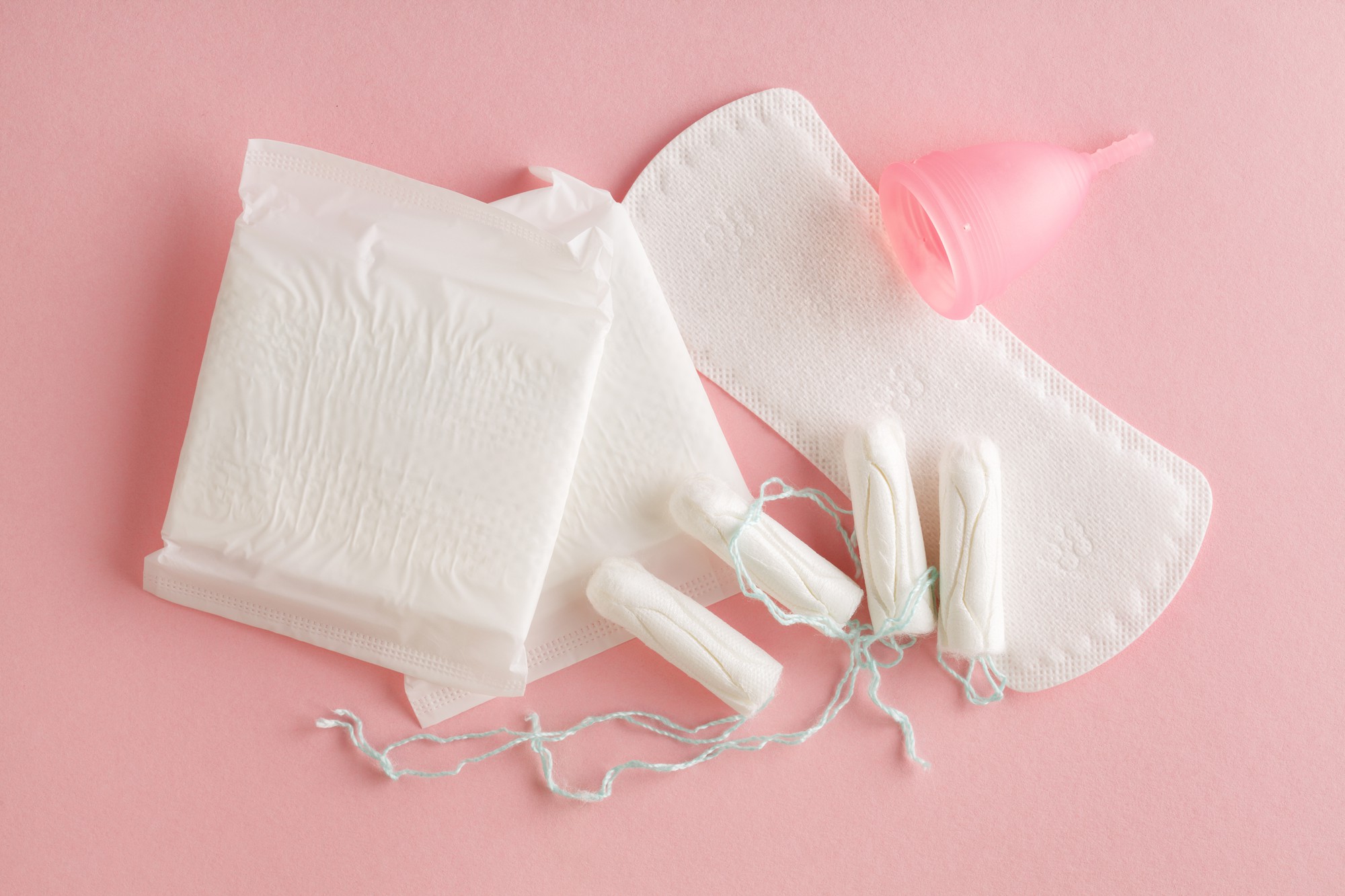According to student observations, most of the restrooms on campus are accompanied by boxes or vending machines containing menstrual products. The majority of the public restrooms on the Hill, including those at Rieber Hall, Sproul Hall, Hedrick Hall, De Neve Commons and Covel Commons are installed with these products. They are also available at the front desk of each building. On the north campus, the Young Research Library has provided some tampons and pads in both female and all-gender restrooms, whereas only some of the restrooms in Macgowan and East Melniz have them. The south campus restrooms are also generally equipped with feminine products, although sometimes people may find empty boxes signifying they have run out. The Ackerman Union is considered a safe place where tampons and pads are usually sufficiently supplied and students can rarely find a shortage in these products.
To further get a sense of the availability of menstrual products on campus, Yiran Zhao, a first year female-identifying student studying sociology, shares her experience and perspective. As a commuter, although she usually brings her own menstrual products to school, she finds tampons and pads pretty accessible among both female and all-gender restrooms on campus, especially near the Ackerman Union and the dorm region. “If I try hard enough, usually I am able to find menstrual products in UCLA when I need them 80% of the time,” she elaborates, “it is definitely enough for daily life, and even if an emergency happens, I know I can always ask a staff member near the restroom.”
As an international student, Yiran feels that her attitude toward menstrual products has changed after she got to UCLA. Despite being a natural and essential aspect of health for millions of individuals, menstruation often carries an unwarranted stigma in her culture, which fosters shame and embarrassment. This stigma is perpetuated by cultural taboos, inadequate education and societal discomfort with openly discussing menstruation. However, with the good availability of menstrual products on campus and the staff’s general understanding of menstrual problems, Yiran now feels “completely natural” to grab menstrual products publicly or ask for assistance in acquiring menstrual products. Now being well aware of how women should love their bodies under this perpetuating education, she agrees that breaking the shame and stigma for menstrual products is crucial for creating a supportive environment where individuals can manage their menstrual health without fear.
However, as noted by Yiran, the school does not sufficiently inform its community about the availability of free menstrual products. Yiran recalls that she is never aware of whether there are any posters, infographics or online resources that can organize information about where are menstrual products located and whether they are in shortage at certain locations. “The school could definitely do better in making the availability of menstrual products more well-informed,” she says. Although she suggests that there may be certain student organizations or individual initiatives that are concerned with this issue, there is no systemic platform on campus to make this information public, detailed and updated.
In responding to such problems, Yiran offers her viewpoints on how the school can improve its accessibility of menstrual products for female-identifying students. “Firstly, there are a few restrooms on campus that do not provide tampons and pads or run out frequently, and there’s not a 100% chance that a female student can always find one when she needs it,” she suggests. Therefore, it is crucial for university staff to keep track of the menstrual products storage and attempt to make them always accessible. In terms of the issue of lack of information and promotion, Yiran proposes that the school could post more posters around the campus to inform female-identifying students. Furthermore, she thinks it would be beneficial to have a “map” for female-identifying students that clearly illustrates the availability of tampons and pads in the restrooms of every building.
UCLA’s efforts to provide tampons and pads in various restrooms demonstrate a commitment to supporting female-identifying students. However, the experiences of students like Yiran highlight that while these measures are beneficial, there is still room for improvement, especially in terms of informing female students about the accessibility of menstrual products. Therefore, consistent restocking and better dissemination of information about the availability of these products are necessary to fully meet the needs of all students. By implementing systematic tracking of product supplies and increasing visibility through posters and detailed maps, UCLA can further empower students to manage their menstrual health confidently and without stigma.
—
Featured Image via Adobe Stock

